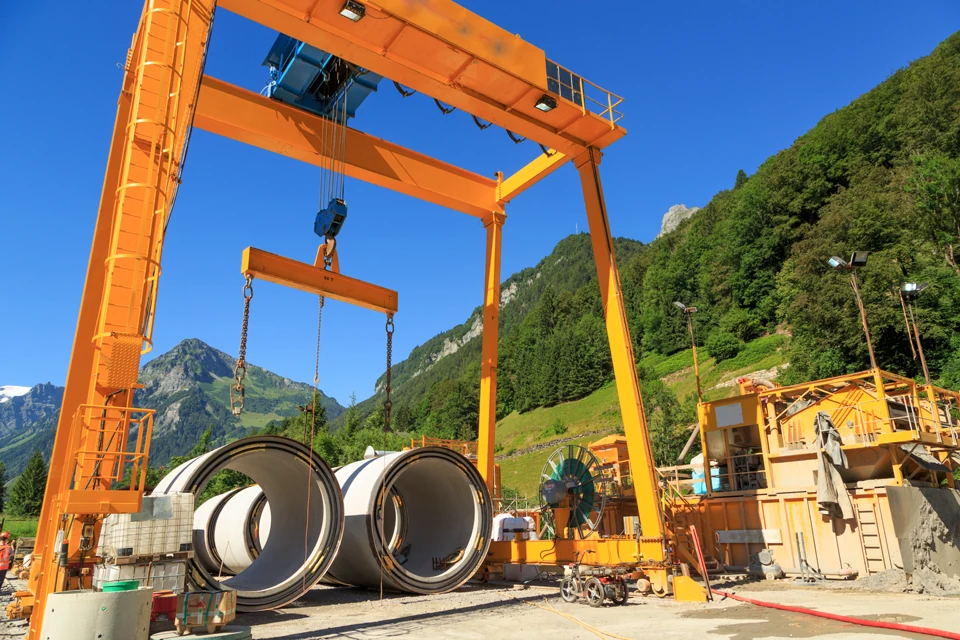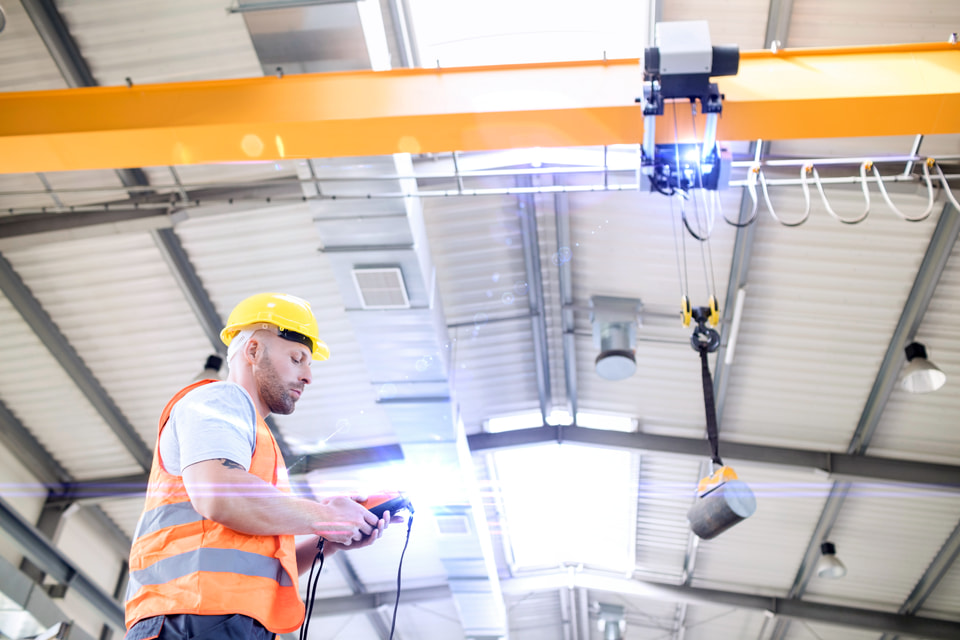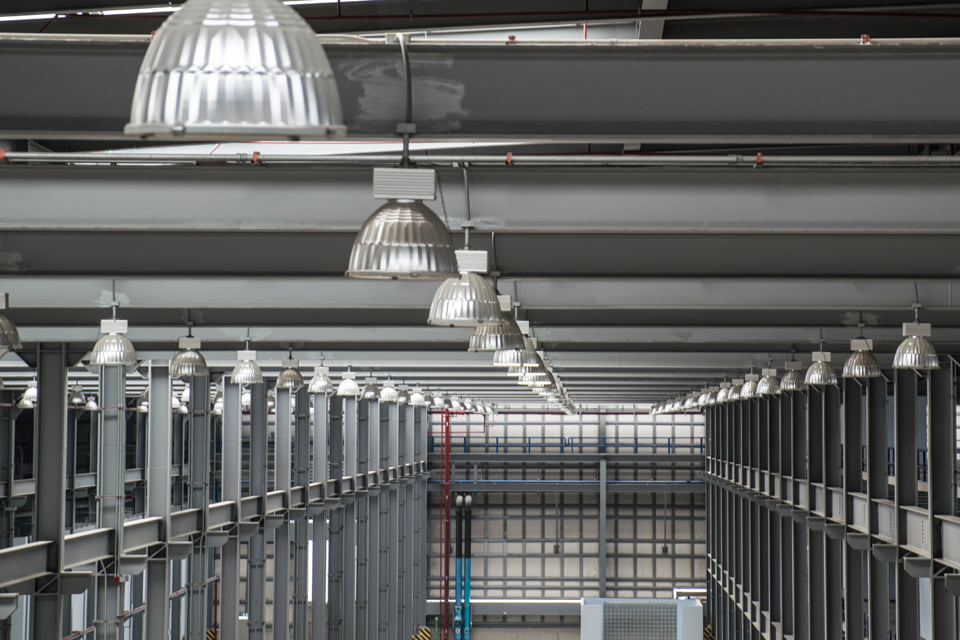Gantry crane safety is a major concern for any workplace that uses gantry cranes. Similar to an overhead crane, A gantry crane is a large piece of equipment used to move and lift heavy objects. It can be used for a variety of applications, such as loading and unloading trucks and ships, moving large containers, and constructing buildings. As with any heavy-duty equipment, it is important to observe safety protocols to ensure the safety of personnel and those around the crane.
First and foremost, it is important to ensure that the gantry crane is properly inspected and maintained. This includes checking for worn or damaged parts, making sure the crane is properly lubricated, and ensuring all safety devices are working properly. Regularly scheduled inspections should be conducted to ensure the crane is in proper working order.
Operating a Gantry Crane Safely
When operating the crane, it is essential that the operator is qualified and competent. This means they must have sufficient knowledge and experience of the crane and its operation. They must also possess the necessary qualifications to operate the crane safely. The operator should also be familiar with the manufacturer’s safety instructions and be aware of any safety regulations that apply to the work site.
The work area should also be properly prepared and designated as a safe working area. This means ensuring there is adequate clearance around the crane, keeping the area free of debris and other obstructions, and ensuring all personnel are properly trained on the use of the crane.
It is also important to secure all loads before lifting, and ensure that the crane is properly balanced and that the load is secure. Overloading the crane can cause it to tip or collapse, leading to serious injury or death.
Gantry Crane Safety Signage and PPE
Signage should also be posted to indicate the location of the crane and to remind workers of the safety protocols that must be followed. Additionally, the area should be monitored at all times to ensure no unauthorized personnel are in the area.
Finally, the crane operator should always wear the appropriate safety gear and follow the correct safety protocols. This includes wearing a hard hat, safety glasses, and steel-toe boots. The operator should also pay attention to their surroundings and be aware of any potential hazards.
With the proper safety protocols in place and the right personnel in place to operate the gantry crane, the likelihood of an accident or injury will be greatly reduced. Taking the time to ensure the safety of personnel, equipment, and the work site will help to ensure a safe and productive work environment.



